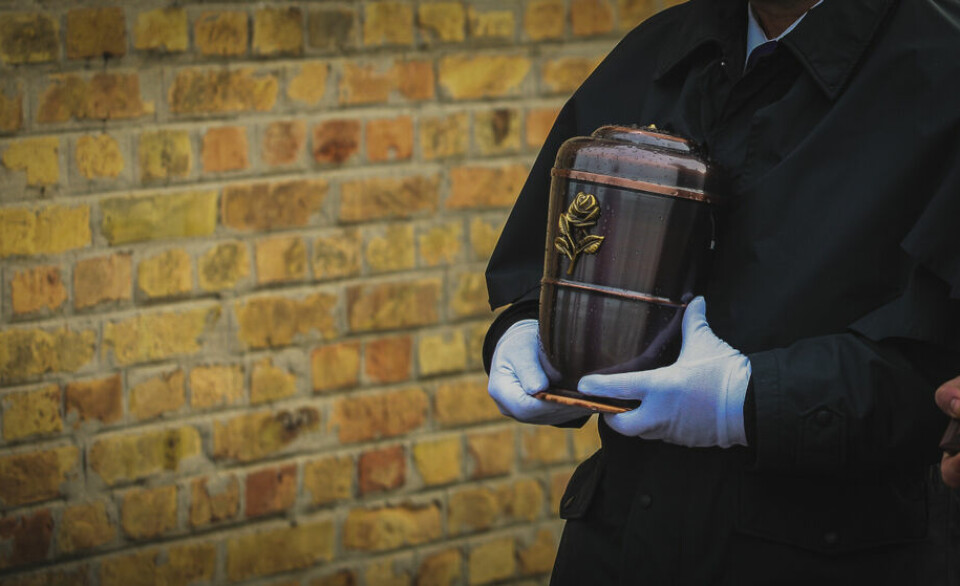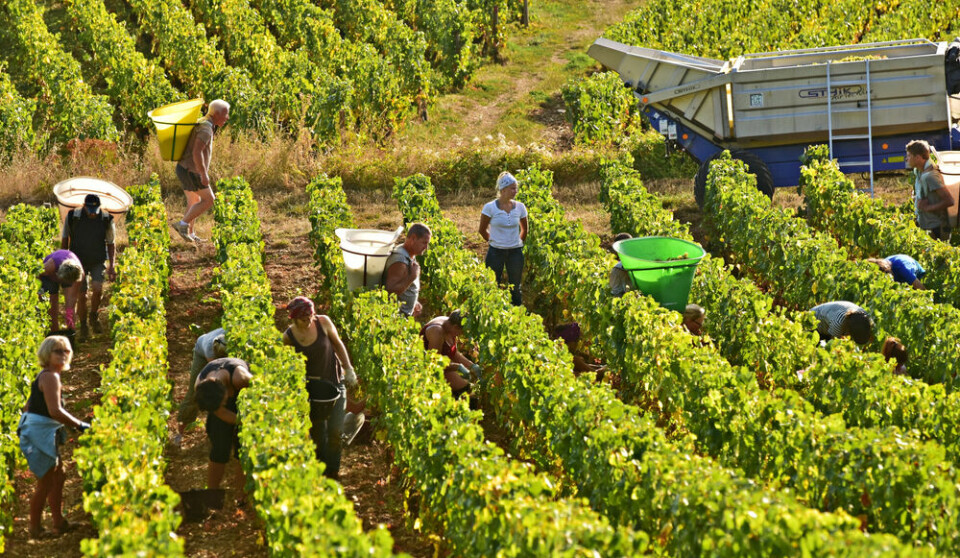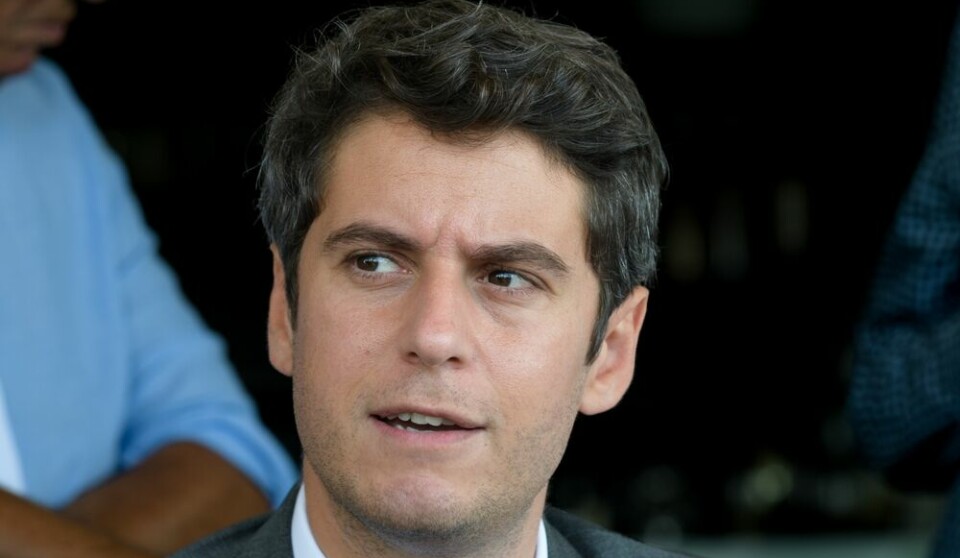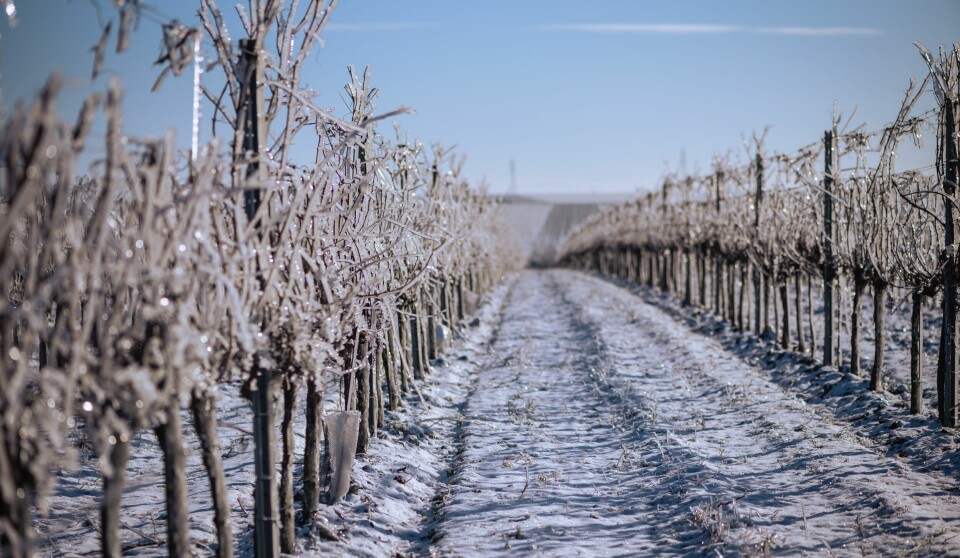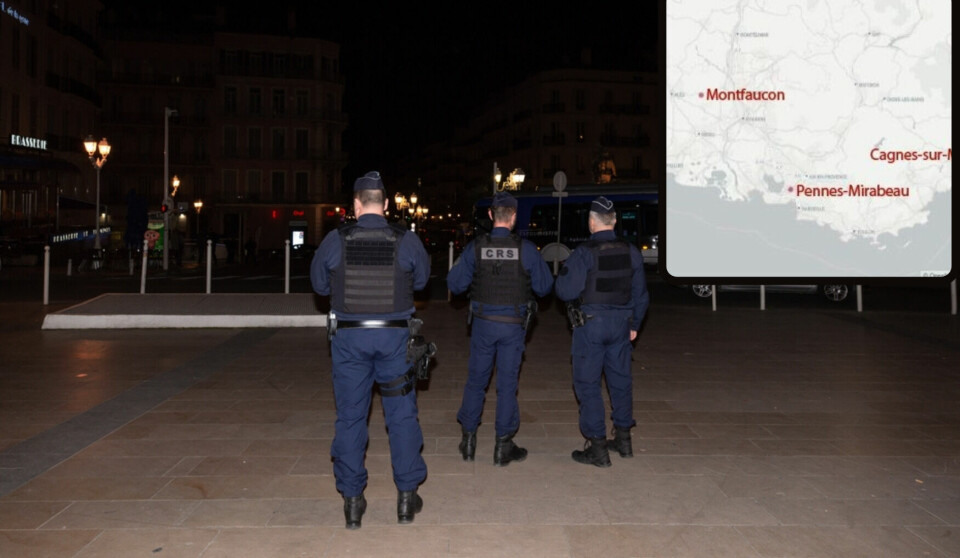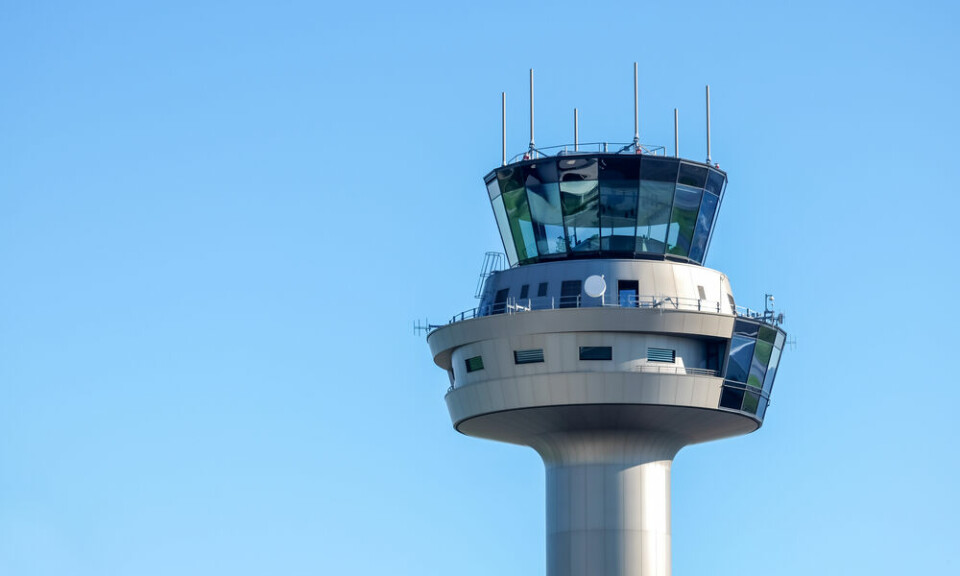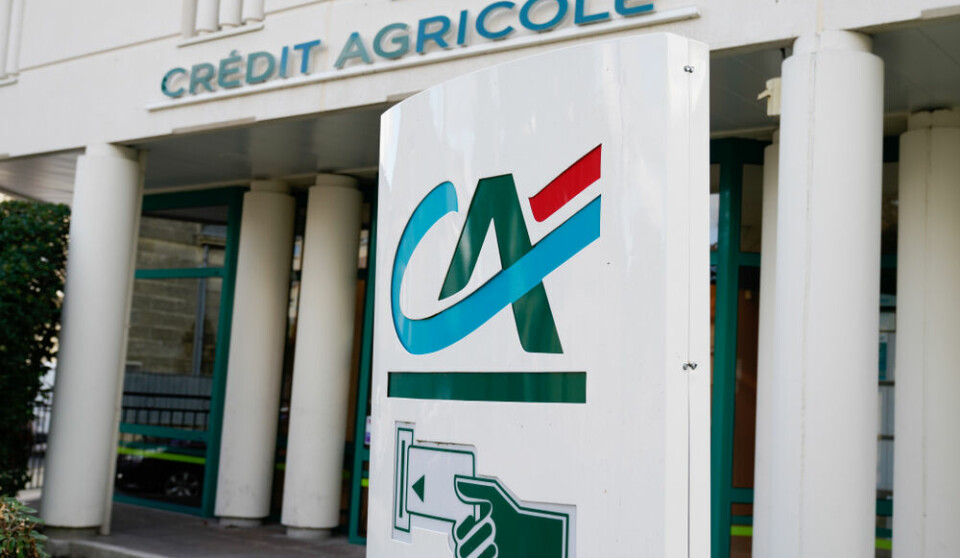-
French teenager suspected of plotting terrorist act at Paris Olympics
The 16-year-old had ‘pledged allegiance’ to Islamic State and has admitted his plans
-
Blades of Paris Moulin Rouge cabaret club mysteriously fall off
It was not a windy night and the blades are checked regularly, say managers
-
How does your area of France fare for delay to see a doctor?
Some departments are in particular trouble when it comes to waiting times for specialists
Map: Where in France is there most violence against healthcare staff?
Violence and aggression towards healthcare workers rose by 23% last year, a new report shows

Attacks against healthcare workers in France are at their highest level for nearly 20 years, a new report has claimed.
There were 1,244 incidents of violence and aggression recorded last year, according to the Conseil national de l’Ordre des médecins (Cnom).
That is a rise of 23% compared with the previous year and the highest number since the council began recording in 2003.
It comes in the week that a 38-year-old nurse died after being stabbed at a hospital in Reims on Monday (May 22). The aggressor was a 59-year-old man who suffered from severe psychiatric conditions. He also stabbed a 56-year-old medical secretary, who was later discharged from hospital.
Read more: ‘Brutal violence’: Nurse dies after being stabbed at French hospital
Doctors are most likely to be victims of aggression
Cnom’s report on violence against healthcare staff is released annually, in partnership with the polling agency Ipsos.
It said GPs are most likely to be victims of aggression, whether physical or verbal, making up 71% of cases, despite only making up 43% of the nation’s medical staff.
Jean-Jacques Avrane, at the Cnom doctor safety observatory, told Capital: “Maybe difficulties in accessing care, and waiting list times, could explain this.”
“The main type of aggression is verbal, like threats that come from the patient or their friends or family members.”
The main reasons for the incidents included:
- Disagreements over a treatment plan (37%)
- Refusal of a prescription (17%)
- Attempted falsification of a document (11%)
- Excessive waiting time (8%)
- Theft (9%)
The figures show that although 71% of GPs submitted a report, only 31% took it to the final stage of submitting an official complaint case.
‘Medical desertification’
The issue has become particularly acute in areas that are experiencing ‘medical desertification’, the figures show, although some departments are more prone to incidents than others.
Read more: Seven questions about ‘medical deserts’ in France
A medical desert is an area in which patients have trouble seeing a GP regularly, whether because they cannot get an appointment, there are not enough doctors, or because they live too far away from their nearest GP surgery.
Read also: French villages fight doctor shortage with medical bus
The government defines the term specifically as an area in which patients have access to fewer than 2.5 consultations with a local GP per year on average.
The departments with most-reported incidents in 2022 were:
- Nord: 191 (up from 139 in 2021)
- Bouches-du-Rhône: 98 (79)
- Loire: 62 (37)
- Gironde: 58 (36)
- Loire-Atlantique: 40 (23)
- Hérault: 32 (26)
The Nord department saw an increase of 37% in incidents between 2021 and 2022. And yet, while some departments recorded a low level in absolute terms, they saw a sharp rise in incidents. For example, Gard had 2 incidents reported in 2021, but 16 the following year.
Related articles
Eight facts to understand France’s issue of ‘medical deserts’
How can I find out which parts of France are lacking doctors?








